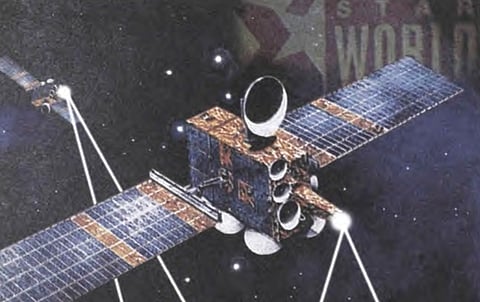Satelites and South Asia
The satellite revolution has consumed South Asia. Slickly packaged images and events have weaned audiences away from the staid fare of the region's national broadcasters. The responses to the new phenomenon has been far from uniform, and the impact too has been uneven. The consequences of television's immense reach and the grip it has on the psyche of South Asians are of a magnitude and variety that evade statistical measurement. Some dimensions of the new technology's impact on the region has been researched in considerable depth by David Page and William Crawley, who have tapped social responses through discussion groups in five countries, while also drawing on a host of sources. The outcome of the research is the book, Satellites over South Asia: Broadcasting Culture and the Public Interest, a rare media project that is pan-South Asian in scope. The book published by Sage, is t be launched in New Delhi on 8 December, at a South Asian gathering which will discuss issues raised in the book. Our cover feature has been adapted from the book excerpts.
In the town of Biratnagar in the Nepal tarai—where the North Indian plains confront the foothills of the Himalaya—students debated the impact of satellite TV on their lives and disagreed strongly among themselves. "Personally," said one boy, "I don't like Star Movies and Channel V. The life shown on these channels is far removed from the reality of our own country. Because of these channels, Nepali girls too have started wearing short skirts." A girl replied, "I think films are much more dangerous to society." "Nepali boys are very quick at copying. That's why we see boys wearing earrings, bandanas on their heads and teasing girls. This is all due to films." "Our earrings and bandanas have nothing to do with TV," retorted another boy, "though the provocative clothes girls wear may be something they have learnt from TV." "I would not dare to kiss a girl on the road, just because they do so on TV," mused another male student. "But there have been changes in the way I dress and in the way I look at things."

